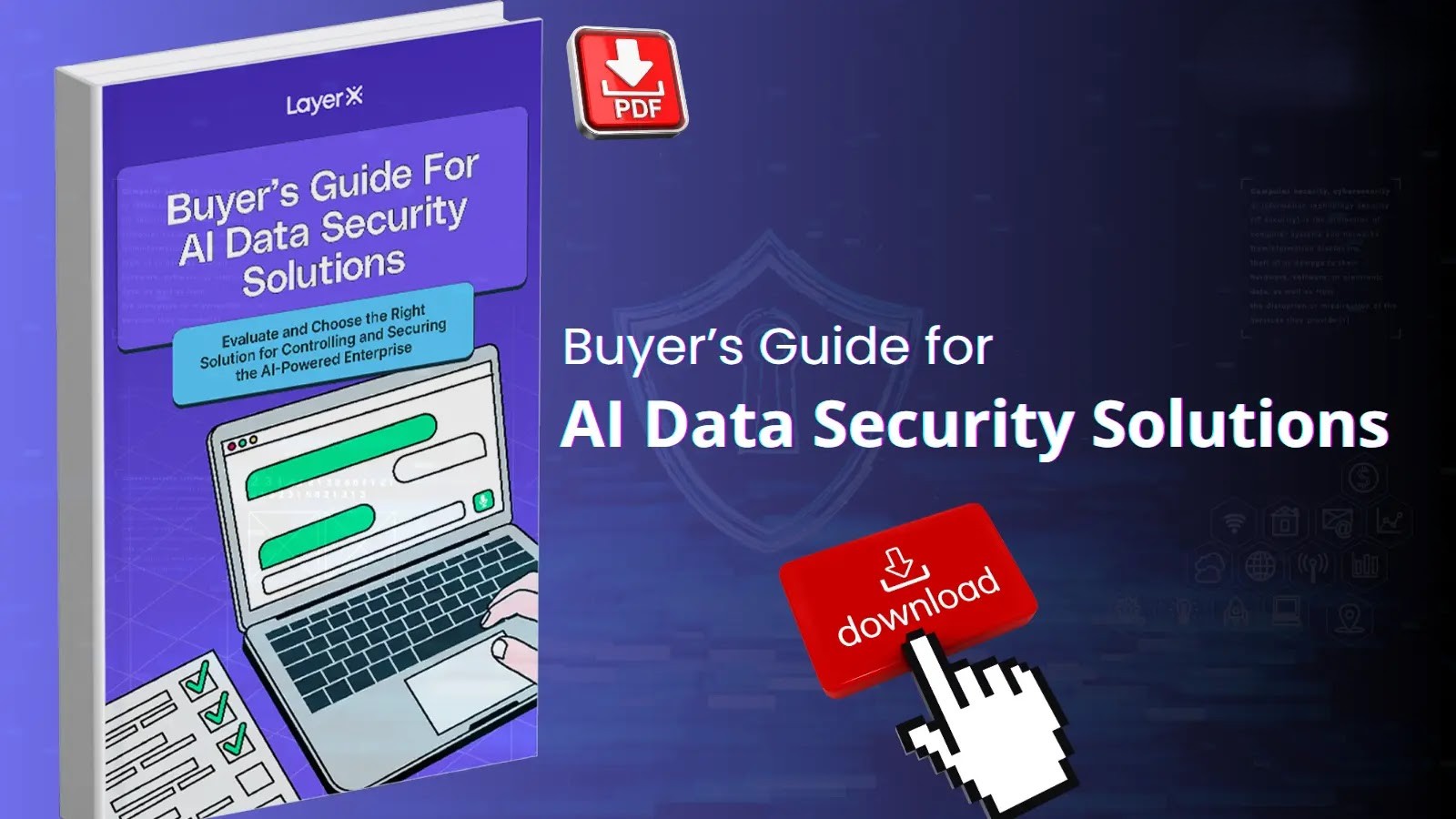In recent years, generative artificial intelligence (AI) has transitioned from a novel concept to a cornerstone of organizational efficiency. Tools ranging from office suite copilots to dedicated large language model (LLM) platforms have become integral to tasks such as coding, analysis, drafting, and decision-making. However, this rapid adoption presents a significant challenge for Chief Information Security Officers (CISOs) and security architects: as AI platforms grow more powerful, organizational boundaries become increasingly porous.
The Core Challenge in AI Data Security
The primary concern isn’t merely the potential for personnel to mishandle prompts. Instead, organizations often apply outdated mental models when evaluating AI security solutions, attempting to retrofit legacy controls onto an exposure surface they weren’t designed to protect. This misalignment can lead to ineffective security measures and increased vulnerabilities.
Navigating the Vendor Landscape
The AI data security market is saturated with vendors, from traditional Data Loss Prevention (DLP) providers to next-generation Secure Service Edge (SSE) platforms, all rebranding under the “AI security” umbrella. While this abundance suggests transparency, it often results in confusion. Many legacy architectures, originally designed for file transfers, email communications, or network gateways, lack the capability to effectively analyze or control scenarios where users input sensitive code into chatbots or upload datasets to personal AI tools. Evaluating solutions through the lens of outdated risks can lead organizations to invest in tools that don’t address current challenges.
Redefining the Buyer’s Journey
Traditional procurement processes typically commence with visibility. However, in the realm of AI data security, visibility is merely the starting point. While discovery can reveal the proliferation of AI tools across departments, the true differentiator lies in how a solution interprets and enforces policies in real-time without hindering productivity.
The buyer’s journey often encompasses four stages:
1. Discovery: Identify all AI tools in use, both sanctioned and unsanctioned. Relying solely on discovery can lead to an overestimation of risk and overly restrictive responses, such as outright bans.
2. Real-Time Monitoring: Understand the usage patterns of these tools and the nature of data flowing through them. Not all AI usage poses a risk; without monitoring, it’s challenging to distinguish between benign activities and potential data leaks.
3. Enforcement: Move beyond binary decisions of allowing or blocking. Effective enforcement operates in nuanced areas, employing measures like redaction, timely warnings, and conditional approvals. These strategies not only safeguard data but also provide immediate user education.
4. Architecture Fit: Assess the deployment complexity of solutions. Assuming that security teams can seamlessly integrate new agents or proxies into existing infrastructures can lead to implementation challenges or circumvention of security measures.
Critical Questions for Informed Decision-Making
Experienced security leaders are familiar with standard evaluation criteria, such as compliance coverage, identity integration, and reporting capabilities. However, in the context of AI data security, some pivotal questions include:
– Does the solution function without relying on endpoint agents or network rerouting?
– Can it enforce policies in unmanaged or Bring Your Own Device (BYOD) environments, where much shadow AI activity occurs?
– Does it offer controls beyond mere blocking, such as redacting sensitive information or providing contextual user warnings?
– How adaptable is it to emerging AI tools that have yet to be released?
These considerations challenge traditional vendor evaluation methods but align with the operational realities of AI adoption.
Balancing Security and Productivity
A prevalent misconception is that CISOs must choose between enabling AI-driven innovation and protecting sensitive data. Implementing blanket bans on tools like ChatGPT may satisfy compliance requirements but often drives employees to use personal devices, where no controls exist. Such prohibitions can inadvertently exacerbate the shadow AI problem they aim to resolve.
A more sustainable approach involves nuanced enforcement: permitting AI usage in sanctioned contexts while intercepting risky behaviors in real-time. This strategy positions security as a facilitator of productivity rather than an obstacle.
Technical and Non-Technical Considerations
While technical compatibility is crucial, non-technical factors often determine the success or failure of an AI data security solution:
– Operational Overhead: Can the solution be deployed swiftly, or does it require extensive endpoint configuration?
– User Experience: Are the controls transparent and minimally disruptive, or do they encourage workarounds?
– Futureproofing: Does the vendor have a roadmap for adapting to emerging AI tools and compliance requirements, or is the product static in a dynamic field?
These considerations focus on sustainability, ensuring the solution can scale with both organizational adoption and the evolving AI landscape.
Conclusion
CISOs evaluating AI data security solutions face a paradox: the market appears crowded, but truly fit-for-purpose options are scarce. The buyer’s journey requires more than a feature comparison; it demands a reevaluation of assumptions about visibility, enforcement, and architecture.
The key takeaway is that the most effective AI security investments aren’t those that promise to block all threats. Instead, they enable enterprises to harness AI safely, striking a balance between innovation and control.
LayerX has published a new Buyer’s Guide to AI Data Security that distills this complex landscape into a clear, step-by-step framework. The guide is designed for both technical and economic buyers, walking them through the full journey: from recognizing the unique risks of generative AI to evaluating solutions across discovery, monitoring, enforcement, and deployment. By breaking down the trade-offs, exposing counterintuitive considerations, and providing a practical evaluation checklist, the guide helps security leaders cut through vendor noise and make informed decisions that balance innovation with control.



